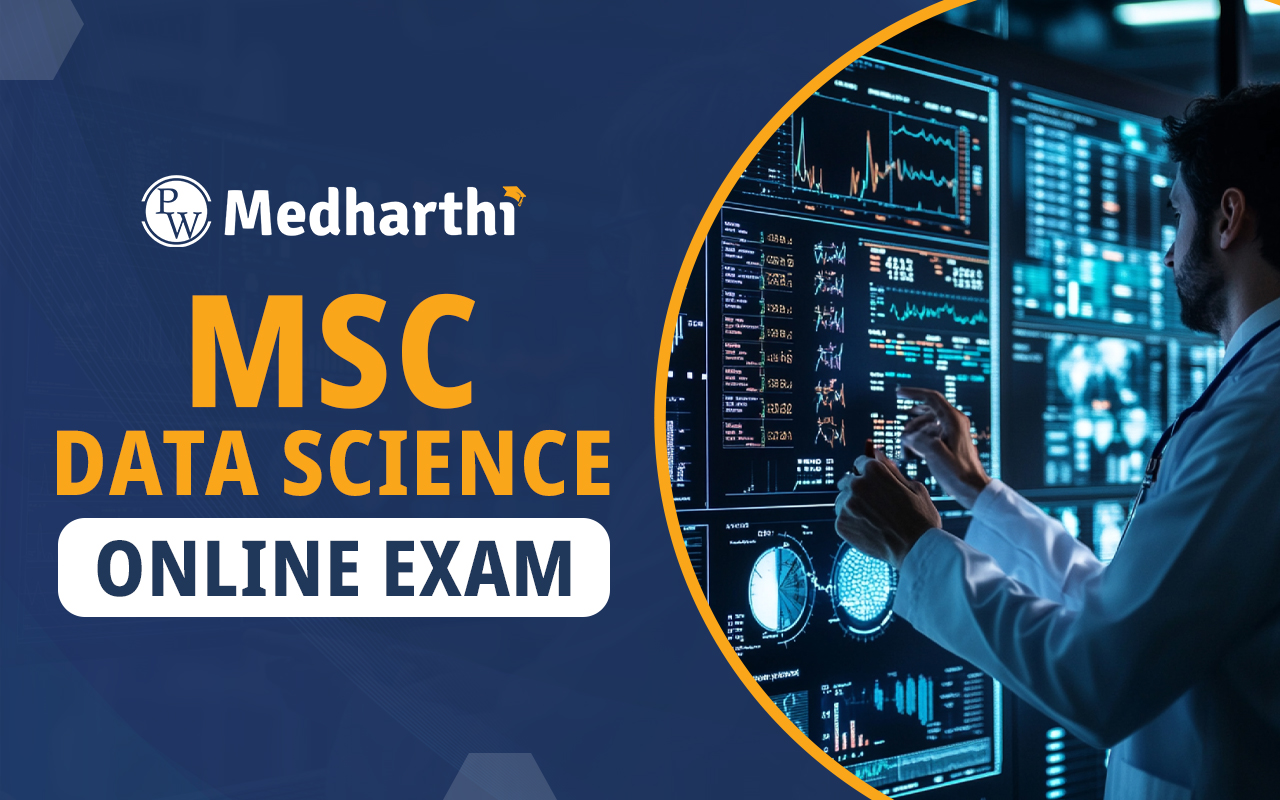

Online Six Sigma Course: In today's world of data, people care more about quality in business. More people want ways to make things better; Six Sigma is one of the popular ones. Six Sigma has remained one of the most well-known and used ways to make operations work better. It also helps make fewer mistakes and keep customers happy. These steps make learning easier.
An Online Six Sigma course offers a convenient and structured path for professionals and students to acquire valuable knowledge and certification without the constraints of traditional classroom settings. Offered here is a detailed overview of what an online Six Sigma course entails, its levels, structure, benefits, eligibility, and key considerations when selecting a program.
What is Six Sigma?
Six Sigma uses data to get rid of mistakes in any process, from making things to providing services. It uses stats to find why errors happen, cut down on differences, and make sure results stay the same. It follows the DMAIC steps (Define, Measure, Analyze, Improve, Control) and tries to reach almost perfect quality. Six Sigma works in many fields.
You can use it in healthcare, money matters, tech, shipping, and different types of manufacturing. Because its ideas work everywhere, taking an online Six Sigma course can help in many different jobs.
Structure of an Online Six Sigma Course
A Six Sigma online course is structured into progressive belt levels each of which offers a particular level of responsibility and expertise in process improvement. Knowing the structure enables people to choose a learning path that fits their current experience level and career goals within their respective organizations or industries.
| Structure of an Online Six Sigma Course | ||
| Belt Level | Focus Area | Who Should Enroll |
| White Belt | Basic understanding of Six Sigma principles | Beginners, interns, support staff |
| Yellow Belt | Introduction to Six Sigma tools and teamwork in project support roles | Team members, process operators |
| Green Belt | Intermediate level covering data analysis and project execution | Process managers, quality control analysts |
| Black Belt | Advanced level focusing on leading projects and mentoring Green Belts | Project leaders, process improvement leads |
| Master Black Belt | Strategic implementation and training of other belts | Organizational leaders, Six Sigma trainers |
Eligibility for Online Six Sigma Course
When it comes to eligibility criteria for enrolling in an online Six Sigma course then it varies according to the belt level being attained. For instance, the advanced level courses might call for prior knowledge or certification, but the introductory level courses are easily accessible to candidates. Therefore, to know about the eligibility of the Online Six Sigma Course, refer to the section below:
-
White/Yellow Belt: No specific prerequisites. Open to all.
-
Green Belt: Recommended to have basic understanding of business processes and data analysis.
-
Black Belt: Prior Green Belt certification is typically required, along with experience in process improvement.
-
Master Black Belt: Requires Black Belt certification and substantial project leadership experience.
Features of an Online Six Sigma Course
Below are some of the features of an online Six Sigma course that candidates can refer to boost their output from the same. It is through these features that Six Sigma courses become suitable for the rising high-quality demand in the market.
-
Self-Paced Modules or Scheduled Classes: Six Sigma courses can be taken online at your own pace or in scheduled classes with set schedules. Through a clearly defined learning path catered to their availability, this accommodates a variety of learner preferences and allows people to maintain consistent progress while juggling professional obligations.
-
Interactive Video Lessons: These lessons combine instructor guidance with visual explanations to increase student engagement. By using animations, real-world examples, and demonstrations to reinforce understanding through an immersive virtual learning environment, these lessons assist students in better understanding difficult Six Sigma concepts.
-
Knowledge checks and quizzes: Regular knowledge checks and quizzes help to strengthen comprehension of important ideas and procedures. In addition to guaranteeing that Six Sigma tools and principles are retained and applied throughout the course, they offer instant feedback, assist in identifying knowledge gaps, and get students ready for the final certification exam.
-
Case Studies Based on Actual Situations: Actual case studies show how Six Sigma techniques are used in real-world business settings. These illustrations foster critical thinking and problem-solving skills, enabling students to relate theoretical understanding to real-world issues in the manufacturing services, healthcare, and other industries.
-
Certified Exam: The certification test assesses the students' knowledge of Six Sigma methods, tools, and principles. The learner's ability to meet established quality management standards and apply process improvement techniques in a professional setting is validated by successful completion.
Benefits of Pursuing an Online Six Sigma Course
Enrolling in an online Six Sigma course offers numerous advantages, including flexible scheduling, cost-efficiency, and immediate applicability to real-world business challenges. Participants gain access to practical tools and frameworks that can support continuous improvement and enhance their ability to contribute to operational excellence in a professional setting.
1. Flexibility and Accessibility: Online platforms allow learners to access course materials from any location. This flexibility is suitable for working professionals who may not have the time or ability to attend in-person sessions.
2. Structured Curriculum: Most online Six Sigma course programs are designed with a systematic approach to learning. Each module builds on the previous one, ensuring a smooth transition from basic to complex topics.
3. Cost-Effective Learning: Compared to traditional classroom programs, online Six Sigma courses often have lower tuition costs. Additionally, learners save on travel, accommodation, and physical learning materials.
4. Industry Relevance: Completing an online Six Sigma course can improve one's familiarity with analytical tools such as Minitab, Pareto Charts, Fishbone Diagrams, and Control Charts. These tools are applicable in multiple industry contexts.
5. Professional Growth: Acquiring a Six Sigma certification through an online Six Sigma course may support opportunities in quality assurance, project management, process engineering, and operations management.
| Online Degree Important Links | |
| Online MCA Programs in India | Online BCom Course |
| Online MCA Course | Online Degree Programs |
| Regular Degree Vs Distance Degree | BA Online Registration |
Online Six Sigma Course FAQs
What is an online Six Sigma course?
Do I need prior experience to enroll in a Six Sigma course online?
How long does it take to complete an online Six Sigma course?
Is the certification from an online Six Sigma course recognized in the industry?
Can I take the certification exam online?













